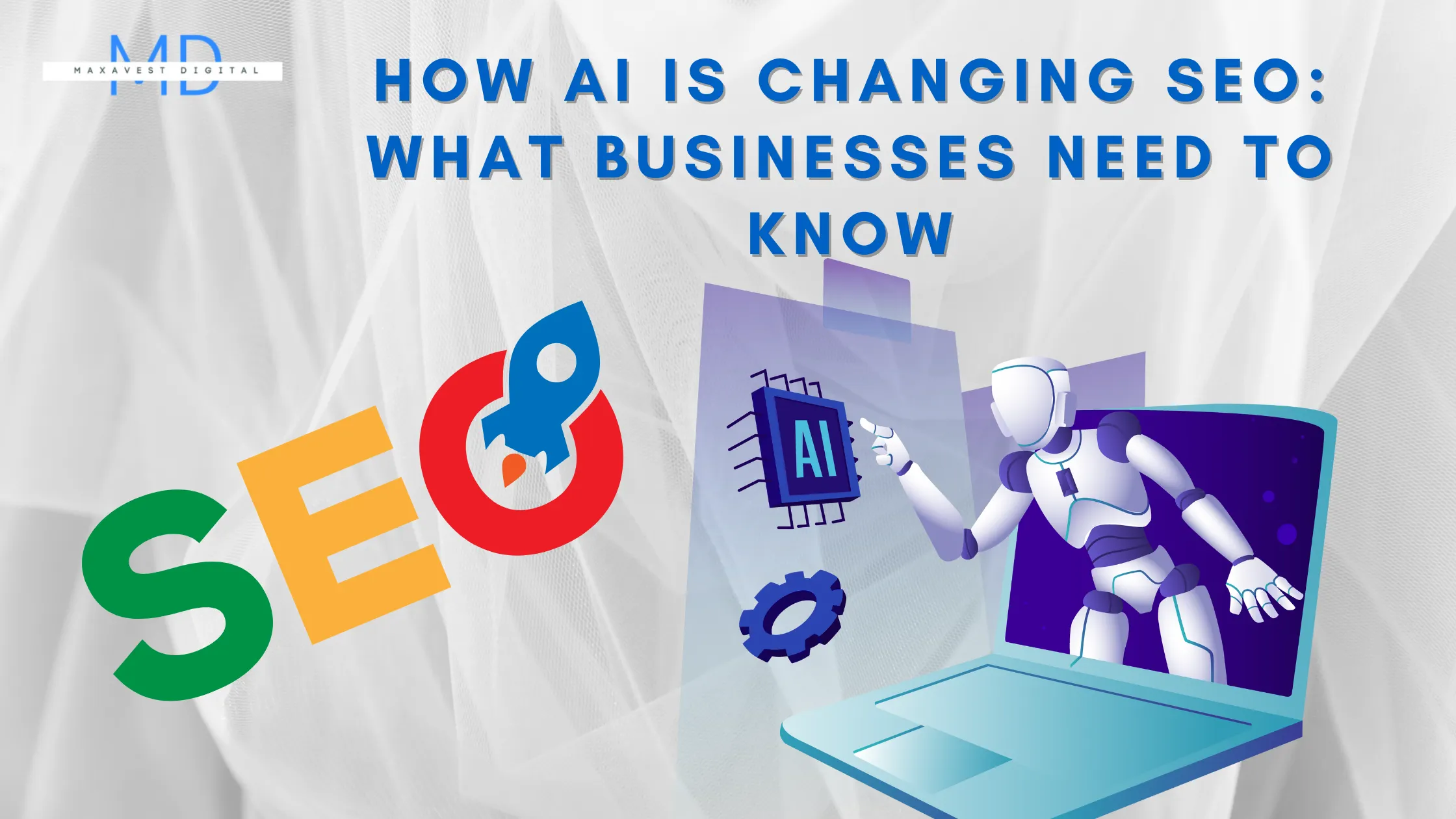Long-Form vs. Short-Form Content: Which is Better for SEO?

By Gbenga Akinyemi
Maximize your SEO efforts with the right content length. Long-Form vs. Short-Form Content: Which is Better for SEO? See how each influences visibility and audience retention.
Introduction: Understanding the Battle Between Long-Form and Short-Form Content
In the world of digital marketing and search engine optimization (SEO), content is king. But as with any kingdom, debates arise. The most prominent debate in the content marketing realm today? Long-form content versus short-form content. Each approach brings its own advantages and challenges, but when it comes to SEO, the stakes are high. Should you craft lengthy, in-depth articles that dive deep into a topic? Or is it better to produce quick, concise posts that capture attention in seconds? Understanding the strengths and limitations of both content types is crucial for making the best choice for your strategy.
Why Content Length Matters in SEO: The Basics You Need to Know
When we talk about SEO, content length plays a vital role, but it’s not the sole determining factor. Google and other search engines aim to provide users with content that answers their queries thoroughly. However, the ideal length of content depends on what users are searching for and how much information they need. Search engines assess whether the content is detailed enough to provide value while also considering user engagement metrics such as time spent on a page. While longer content may offer more opportunities to delve into a topic, shorter content can meet specific user intents faster, especially in a world dominated by mobile devices.
What Defines Long-Form and Short-Form Content? Breaking Down the Differences
Long-form content typically refers to articles exceeding 1,200 words, often taking the shape of comprehensive guides, whitepapers, or in-depth blog posts. Short-form content, on the other hand, ranges from 300 to 1,000 words, focusing on quick, digestible information. The primary distinction lies not just in the word count but in the depth of analysis. Long-form content is designed to cover multiple facets of a topic, while short-form content hones in on specific ideas or answers.
Content Marketing Trends: What Works in 2024
SEO and Content Length: Does Size Really Matter?
It’s tempting to believe that "more words" automatically equates to "better SEO," but that’s a misguided assumption. The truth is that size doesn’t always matter — relevance does. A short, sharp answer that directly addresses a user’s question can outrank a sprawling article that fails to deliver concise value. However, in many cases, long-form content does have the upper hand because it allows room for keyword optimization, comprehensive coverage, and an opportunity to build authority. The key is quality over quantity.
The Case for Long-Form Content
Why Long-Form Content is the King of In-Depth Analysis
Long-form content excels when it comes to deep dives. When users search for thorough information on a subject, they want more than just surface-level details. These in-depth pieces cater to that need, providing comprehensive knowledge that establishes authority and expertise in a given niche. If you’re writing about a complex topic, it’s nearly impossible to encapsulate everything in a few hundred words. Long-form content allows for full exploration, which is why it reigns supreme for analytical pieces, tutorials, and ultimate guides.
The Power of Comprehensive Guides: How Long-Form Boosts User Engagement
Long-form content encourages users to stay on your site longer. Whether it's an exhaustive resource guide or a well-researched article, longer pieces often lead to greater dwell time. Readers are more likely to engage with content that offers value over extended reading periods. This, in turn, signals to search engines that your content is keeping users interested, improving your SEO performance.
How Google’s Algorithms Love Long-Form for E-A-T (Expertise, Authoritativeness, Trustworthiness)
Google’s algorithm updates have increasingly emphasized E-A-T — Expertise, Authoritativeness, and Trustworthiness. Longer articles provide more room to showcase expertise, cite credible sources, and build trust with readers. Long-form content can incorporate detailed research, expert opinions, and data-backed conclusions, which boosts both credibility and rankings.
Long-Form Content and Backlinks: The Secret Sauce to Off-Page SEO
Long-form content is often more shareable and link-worthy. Other websites are more likely to link to a comprehensive, authoritative resource rather than a brief article that only scratches the surface. These backlinks play a pivotal role in SEO, as they signal to search engines that your content is valuable and trustworthy, bolstering your overall rankings.
Dwell Time and Long-Form Content: Keeping Your Readers Hooked
Dwell time — the amount of time users spend on a page before returning to search results — is a crucial metric for SEO. Long-form content naturally encourages extended dwell time. A well-structured, compellingly written piece keeps readers engaged, which not only improves SEO but also enhances the likelihood of conversions.
The Power of Long-Form in Creating Evergreen Content
Evergreen content is content that remains relevant and continues to attract traffic over time. Long-form content, particularly in-depth guides or how-to articles, often falls into this category. The more comprehensive and informative your content, the more likely it will continue to rank well and draw consistent traffic long after publication.
The Case for Short-Form Content
Quick Reads for Fast-Paced Audiences: Why Short-Form Works in a Mobile-First World
In today’s mobile-first world, people often seek quick answers. Short-form content caters to these users who don’t have the time or patience for lengthy reads. By delivering concise, direct answers, short-form content excels in meeting immediate user intent, especially for on-the-go searches.
Short-Form Content and Social Shares: The Viral Effect
Short-form content is often more shareable on social platforms. In a world dominated by bite-sized information, people are more likely to share articles they can quickly consume and digest. This increases the likelihood of going viral, which can lead to a surge in traffic, brand visibility, and even SEO benefits.
Low Word Count, High Impact: Maximizing Engagement with Bite-Sized Information
Brevity, when executed correctly, can be powerful. Short-form content allows you to deliver punchy, impactful messages without overwhelming your audience. If your audience is primarily looking for quick answers or insights, short-form content can deliver the goods with minimal effort required from the reader.
Short-Form Content for Niche Topics: Precision Over Quantity
Short-form content excels when discussing niche topics where depth isn't necessary. It enables you to focus on very specific queries or points, addressing a tightly defined audience. For such focused content, adding unnecessary length would dilute the clarity and relevance.
How Short-Form Content Helps Boost Content Consistency
With shorter articles, brands can produce content more frequently, allowing for greater consistency. Maintaining a regular publishing schedule is critical for building SEO authority, and short-form content makes it easier to meet those deadlines without compromising quality.
Debunking Common Myths Around Long-Form and Short-Form Content
Is Longer Always Better? The Misconception About Word Count and Rankings
Contrary to popular belief, longer isn’t always better. Word count is not a direct ranking factor. What matters more is how well the content satisfies user intent. A short, well-targeted piece can easily outrank a long, unfocused article.
The Myth of Short Attention Spans: Do People Really Stop Reading Long-Form?
It's often said that people don't have the attention span for long-form content anymore. This isn’t entirely true. If the content is engaging and relevant, readers will stay with it. The key is quality and value, not just length.
Why Short-Form Isn’t Just for Social Media: Exploring Short SEO Articles
Many assume that short-form content only belongs on social media. However, brief SEO-focused articles can also perform well in search engines, especially for highly specific queries where users want quick, direct answers.
How to Build a Content Calendar That Drives Traffic and Sales
How Long-Form and Short-Form Content Work Together in SEO Strategy
Striking the Balance: When to Use Long-Form and Short-Form Content
The most effective SEO strategy often blends both long-form and short-form content. Use long-form for deep, complex topics and short-form for quick wins or time-sensitive content. Knowing when to use each is crucial for maximizing SEO benefits.
The Pillar-Cluster Model: Combining Long-Form and Short-Form for SEO Success
The pillar-cluster model is a powerful strategy that combines the strengths of both content types. Long-form content serves as a "pillar" post, covering broad topics comprehensively, while shorter "cluster" posts support the pillar with specific subtopics, driving internal linking and enhancing SEO.
Repurposing Content: Turning Long-Form into Short-Form for Multi-Channel Engagement
Repurposing long-form content into bite-sized articles, infographics, or social posts can help extend its reach across multiple platforms. This ensures that your content appeals to different audience preferences and maximizes its SEO potential.
Metrics to Measure Success: What to Track for Long-Form vs. Short-Form Content
Which Metrics Matter Most for Long-Form Content?
For long-form content, key metrics include dwell time, bounce rate, and backlinks. These indicators show how well the content retains readers and whether it is considered a valuable resource in the industry.
Short-Form Content: How to Track Engagement in Fewer Words
For short-form content, focus on metrics like social shares, click-through rates, and time on page. These can help you understand how well your audience is engaging with concise pieces and how efficiently you’re capturing attention.
Common Mistakes to Avoid When Choosing Between Long-Form and Short-Form
The Pitfall of Prioritizing Length Over Quality
Length should never come at the cost of quality. One of the biggest mistakes is assuming that a longer article is inherently better. If the content isn’t valuable or well-structured, it will not perform well, regardless of its length.
Forgetting Audience Intent: Are You Writing What Your Readers Want?
Audience intent should be at the heart of your content strategy. Before deciding on long-form or short-form, ask yourself: What does my audience want? Does this topic require a detailed exploration, or will a brief, direct answer suffice?
Ignoring the Power of Visuals: How to Enhance Both Long and Short Content
Both long and short-form content benefit from visuals. Infographics, charts, and images help break up text, making the content more digestible. Neglecting visuals can harm engagement, regardless of word count.
Conclusion: Making the Right Choice for Your SEO Strategy
There’s no one-size-fits-all answer to the question of long-form versus short-form content. The best approach depends on your audience, the topic, and the goals of your SEO strategy. While long-form content may dominate for in-depth analysis and evergreen topics, short-form content holds its own by delivering fast, concise answers. The real power lies in knowing when to use each and how to strategically combine the two for optimal SEO performance.

























